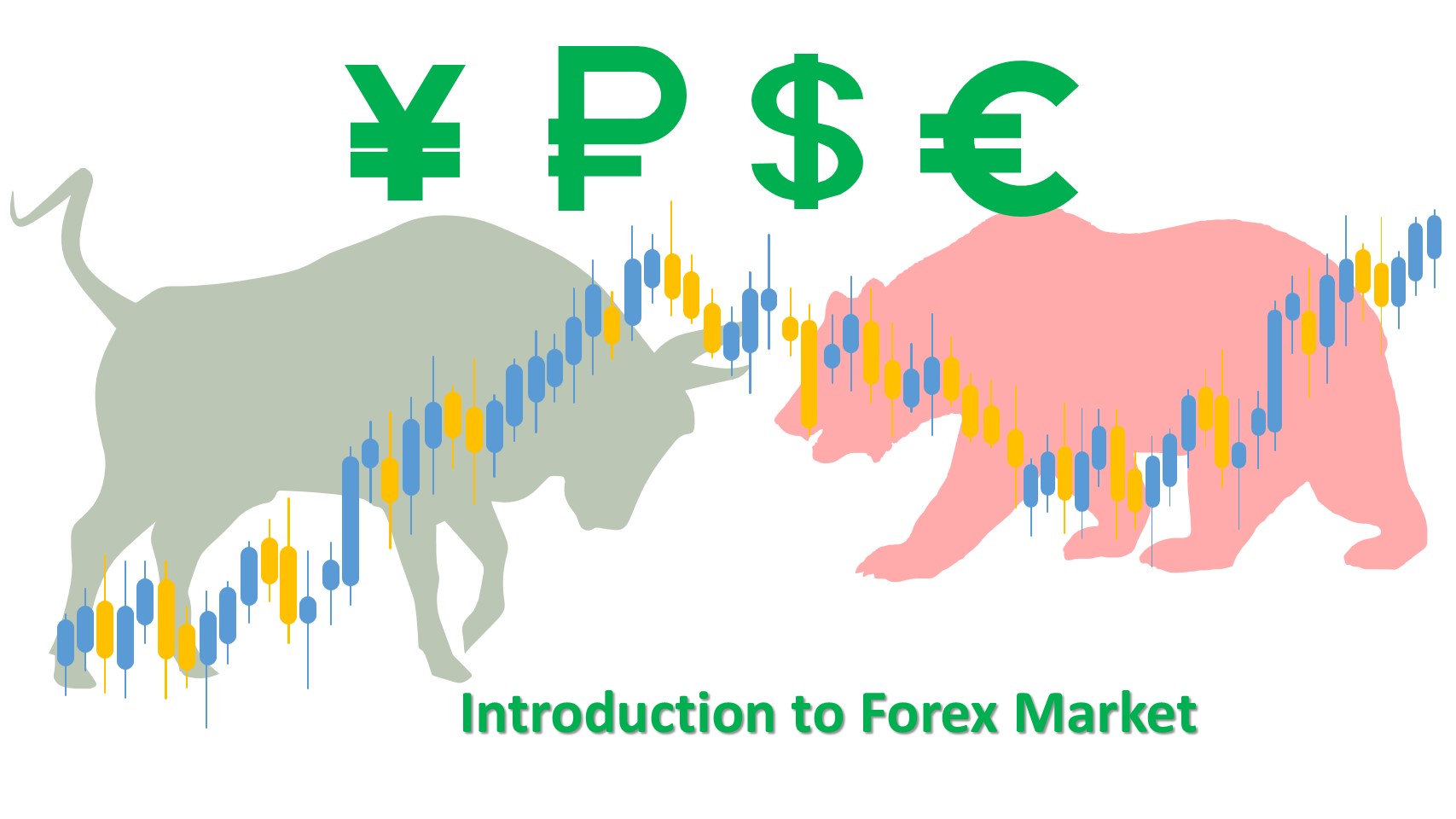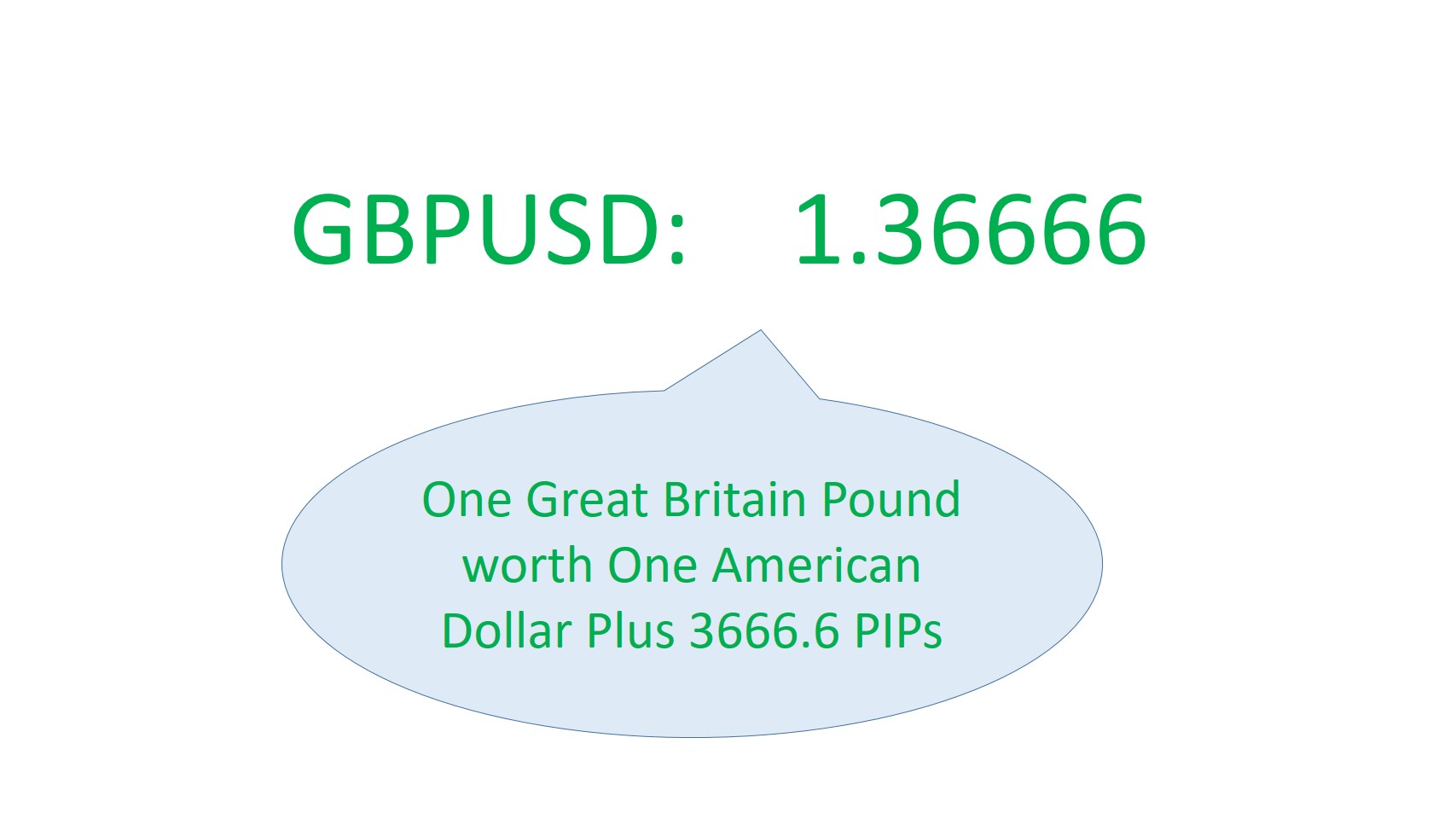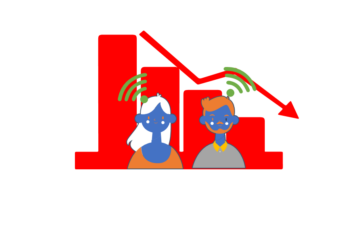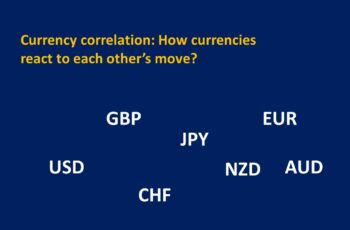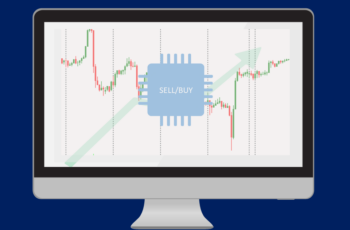Take-Profit, Stop-Loss, and Trailing Stop Loss are risk management tools.
In my personal opinion, for traders to manage their risks, they should use them always, and effectively.
Because humans are emotional creatures, these tools help them overcome the problems of the emotional decision-making process.
Take Profit
Take Profit (TP) is a tool that enables you to close your position in a profit at a targeted price.
Those who analyze the market using support and resistance lines use Take Profit the most. Others, such as wave traders, do not use it very often. Instead, they modify their Stop Loss level because they don’t believe in lines drawn on the chart.
Stop Loss
Stop Loss (SL) is a tool that enables you to minimize your losses.
A trader defines the SL based on signals created by indicators, chart patterns, fundamental analysis, etc. If the market goes against your prediction and touches the SL, your trade automatically closes in a loss that you can afford. If the price moves as you predicted, the SL will not move.
I always suggest you put a Stop Loss because no one can predict the market 100%. You also can be wrong, and you should accept that.
Trailing Stop Loss
Trailing Stop Loss (TSL) is a tool that adjusts the Stop Loss as the market price moves. The Trailing Stop Loss modifies the SL toward the targeted price only. It does not move backward.
For example: suppose that you bought USDJPY at 110.00, and you selected the Trailing Stop Loss to be 20 pips. Your initial SL is 109.80. Now, if the market moves upward and the price reaches USDJPY = 110.10, your Stop Loss level will move 20 pips upward at USDJPY = 109.90. Later if the price falls to USDJPY = 110.00, your Stop Loss still will be at USDJPY = 109.90.

